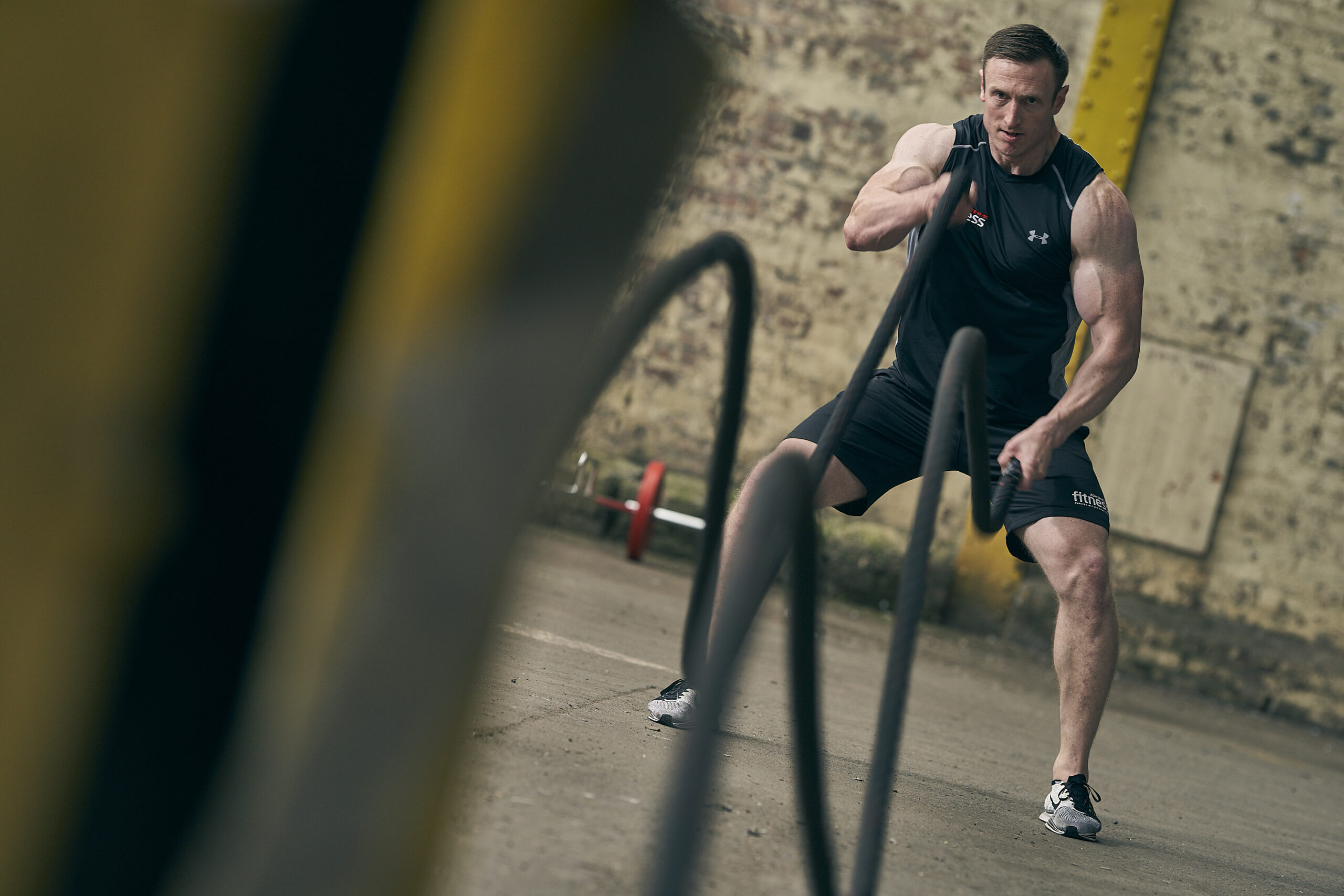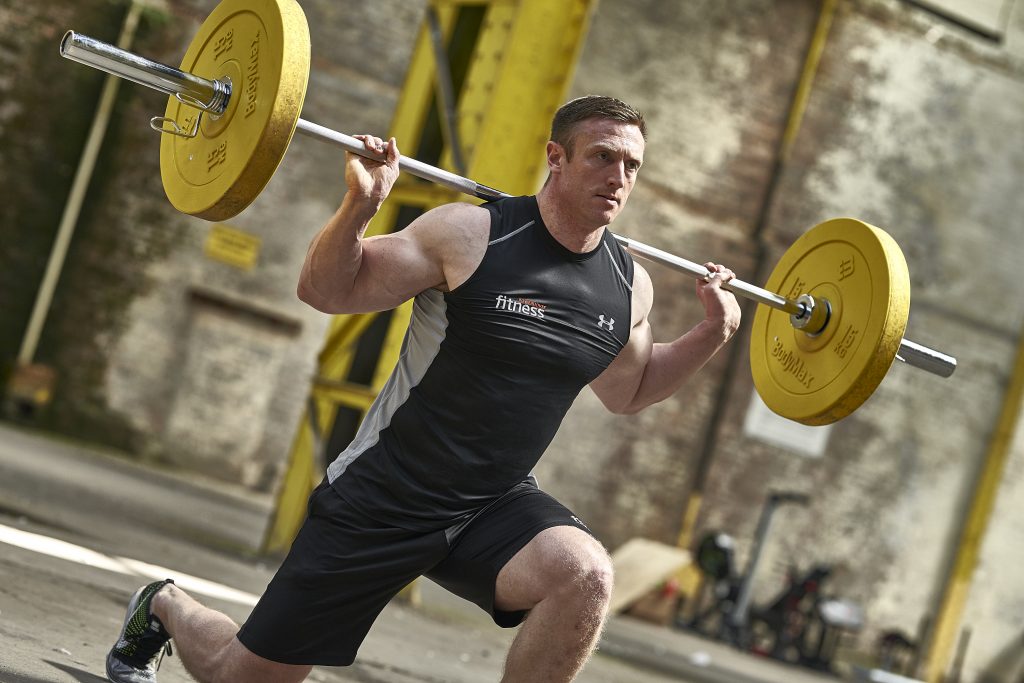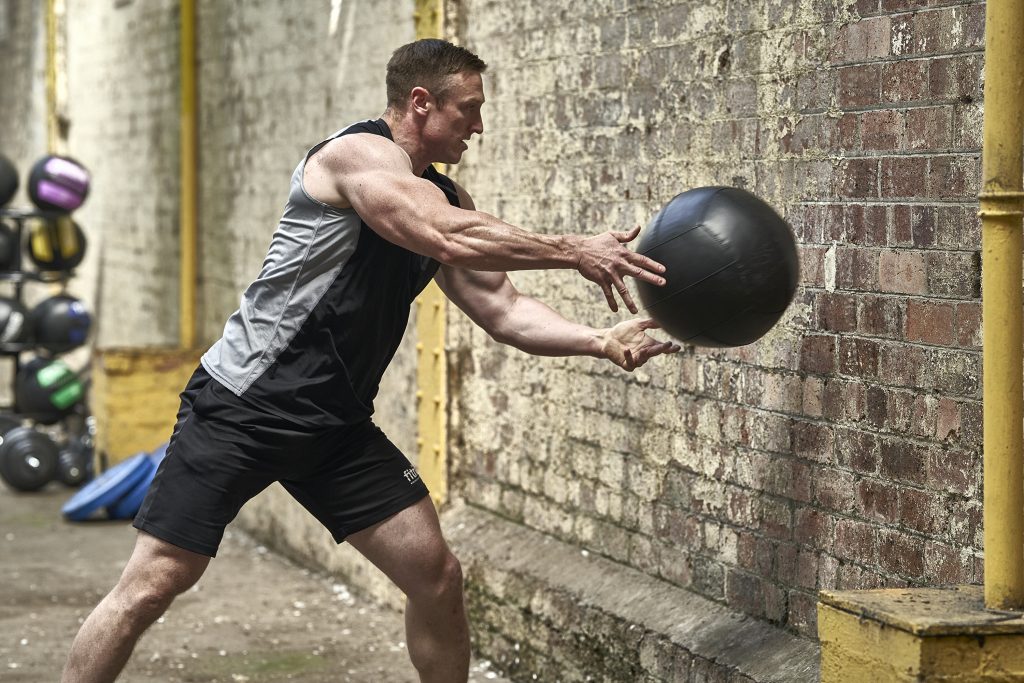For any regular gym goer this is something that you have all experienced at one time or another. Struggling to get off the sofa, being in agony
going up or down stairs… these are all standard signs of DOMS.
WHAT ARE DOMS?
Every athlete, regardless of their level of fitness, has experienced them. DOMS doesn’t care if you’re male, female, young or old, it’s coming for ya and there’s no escape!
I’m sure many of you are thinking what is DOMS? It stands for Delayed Onset Muscle Soreness. It happens when your muscles go through structural damage resulting in them becoming sore, losing strength, suffering decreased range of motion and neuromuscular function. More often than not, the pain occurs 24-72 hours after the activity and can last up to several days.
The symptoms often occur after performing any exercise you are unaccustomed to but can also comefrom pushing your body to the limits in whatever activity you are performing.
Research into the causes of DOMS dates back to the 1900s. Theories ranged, with the most popular one being that the build-up of Lactic acid in the
muscles is what causes it. However, we now know that muscle lactate levels usually return to their normal values after 30-60 minutes of recovery.
WHAT CAUSES DOMS?
Subsequent research has allowed us to discover that DOMS is actually caused/influenced by a few variables including:
- Damage to the muscle tissue and tendons through exercise
- Your body’s inflammatory response to tissue/tendon or structural damage
- A persons athletic conditioning (how used they are to exercise)
- Age: young athletes as their conditioning is not fully developed and older athletes due to decreased recovery responses
HOW TO PREVENT DOMS
With a better understanding of the underlying causes of DOMS it is possible to implement preventable strategies.
There have been various studies into the best strategies to reduce DOMS and one, which I personally would never use, would be the use of non-steroidal anti-inflammatory drugs (NSAIDS) such as Aspirin and Ibuprofen. There has been some evidence to show taking these can have an effect on pain relief but it is only temporary and will not speed the recovery process.
WARM UP
A main recommendation I would give is to properly warm up. Increased muscle temperature results in a reduction in muscle or connective tissue
viscosity, a higher resistance of muscle tissue to tearing and increased muscle elasticity.
So, perform a general warm up (5 mins cycling, rowing, jogging, etc) then move on to dynamic stretching for 15-20 minutes. If doing weight
training, I would then perform some warm up exercises and gradually increase the resistance/intensity into the workout.
ACTIVE RECOVERY
Other research has shown that one of the most effective ways to alleviate the pain is through performing more exercise. For this reason, I will
often have an “active recovery” day where I will perform some light cardio or weights in order to loosen off my muscles, increase blood flow and aid
in the recovery process.
There are many other theories on ways to further reduce DOMS including stretching, ice baths, sports massage, yoga, etc. Nothing, however, has
proven 100% successful, so it is best to try a few things and see what works for you.
At the end of the day, DOMS will calm down and go away with adequate rest and recovery so, as I always say, listen to your body and avoid any
vigorous activity that increases the pain. If you’re like me, you’ll love the feeling of DOMS as you know you’ve had a great workout and can’t wait
to do it all over again.
Thanks for reading!






